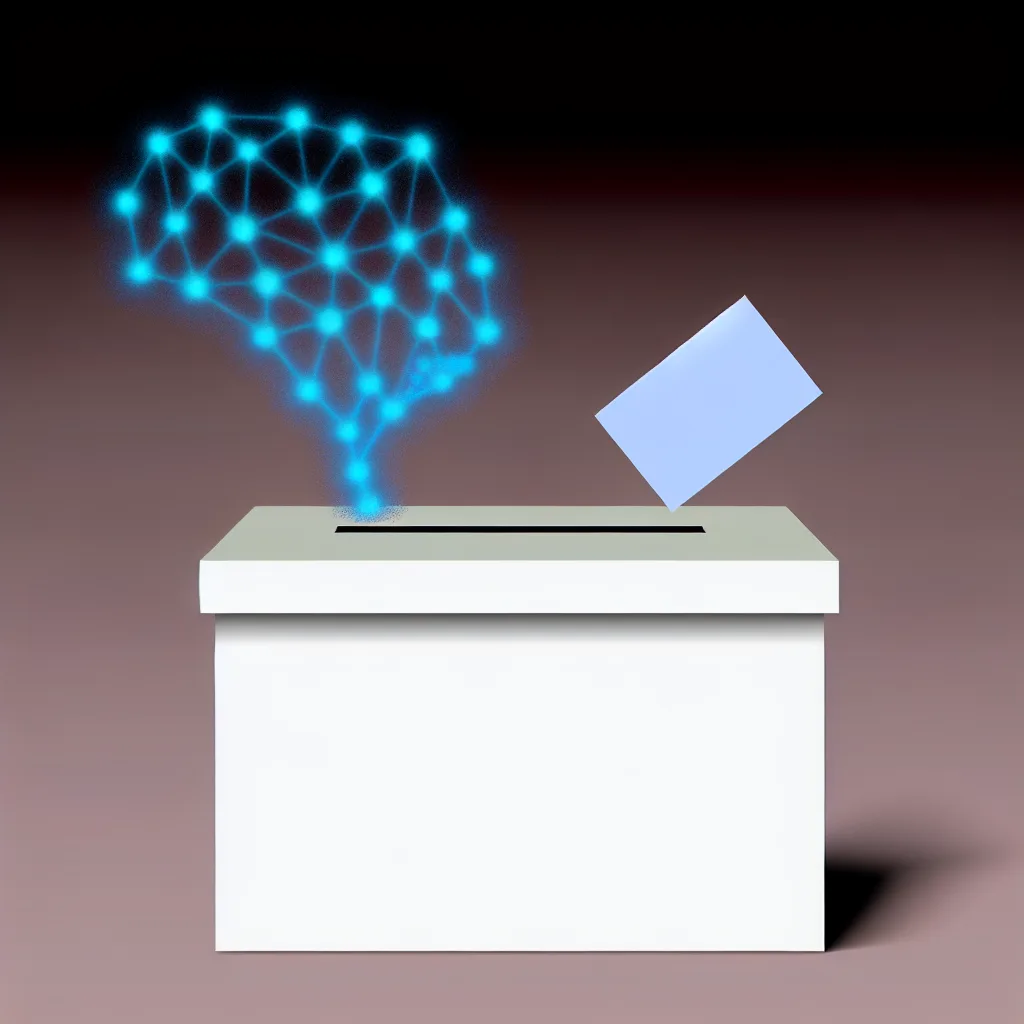It’s not science fiction anymore. AI election interference is here, and we need to talk about what it means for our democracy.
Have you ever been scrolling online during an election and just felt… off? Like something wasn’t quite right? It’s a feeling I’ve had more and more, a sense that the political conversations we’re having are being subtly steered by unseen forces. It turns out, that feeling isn’t just paranoia. The conversation around AI election interference has moved from a future-tense hypothetical to a present-day reality, and it’s something we seriously need to talk about. As of last year, a staggering number of countries—over 80% of them—saw AI-generated content specifically designed to influence how people vote. This isn’t a fringe issue anymore; it’s a standard part of the political playbook.
What Does AI Election Interference Actually Look Like?
When we talk about AI in this context, it’s not about robots running for office. It’s much more subtle and, frankly, much more clever. This new wave of interference uses artificial intelligence to create incredibly convincing fake content at a massive scale.
Think about things like:
* Deepfake Videos and Audio: Imagine seeing a video of a candidate saying something outrageous, something that would completely derail their campaign. The video looks real, their voice sounds authentic, but it never happened. AI can now clone voices and manipulate video to create these “deepfakes” that are incredibly difficult to disprove in the short time they take to go viral.
* Hyper-Realistic Images: You might have seen AI-generated images online that look like real photographs. Now, picture that technology being used to create defamatory images of political figures or to fake scenes of social unrest to stir up anger and fear.
* Targeted Disinformation: AI algorithms can analyze vast amounts of data to understand exactly what kind of message will push your buttons. They can then craft and deliver personalized disinformation campaigns directly to the social media feeds of undecided voters in key districts, exploiting their specific fears and biases.
This Is More Than Just ‘Fake News’
We’ve been talking about “fake news” for years, but what we’re seeing now is on a completely different level. The rise of sophisticated AI election interference escalates the problem in two key ways: scale and believability. An AI can generate thousands of unique pieces of disinformation in the time it would take a human to write one.
More importantly, this content is getting good. The technology behind it is advancing so quickly that our natural ability to spot a fake is no longer reliable. According to experts at institutions like the Brookings Institution, distinguishing between a real video and a deepfake is becoming nearly impossible without specialized tools. This erodes the one thing a democracy relies on most: shared trust. If we can’t agree on basic facts because we can’t trust what we see and hear, how can we have a meaningful debate about who should lead us?
The Alarming Normalization of AI Tactics
Perhaps the most worrying part of this whole situation is how quickly these tactics have become normalized. What once seemed like the plot of a spy movie is now just another tool for political operatives. An eye-opening analysis published by CIGI Online highlights how these methods are no longer reserved for shadowy state actors but are being used in domestic politics across the globe.
This isn’t about one party or one country. It’s a fundamental challenge to the integrity of the democratic process everywhere. When a candidate’s reputation can be destroyed overnight by a fabricated video, or when a voter’s opinion can be shaped by an algorithm feeding them a steady diet of lies, the very idea of a fair election is at risk. We’re not just choosing between candidates anymore; we’re fighting to choose reality itself.
So, What Can We Do About It?
It’s easy to feel a bit helpless, but we’re not powerless. Fighting back against AI election interference starts with awareness and critical thinking. The first step is simply knowing that this technology is out there and actively being used.
Beyond that, improving our collective media literacy is crucial. It’s about teaching ourselves and our communities to pause before sharing, to question sources, and to look for signs of manipulation. Organizations like the National Association for Media Literacy Education (NAMLE) offer great resources for learning how to be a more discerning consumer of information.
Ultimately, this will also require action from social media platforms to better detect and label AI-generated content, as well as thoughtful regulation from governments. It’s a complex problem, for sure. But the first step is to start the conversation. The integrity of our elections might just depend on it.
